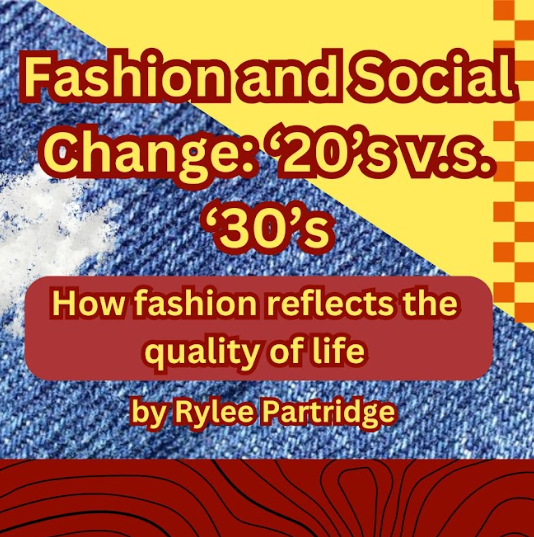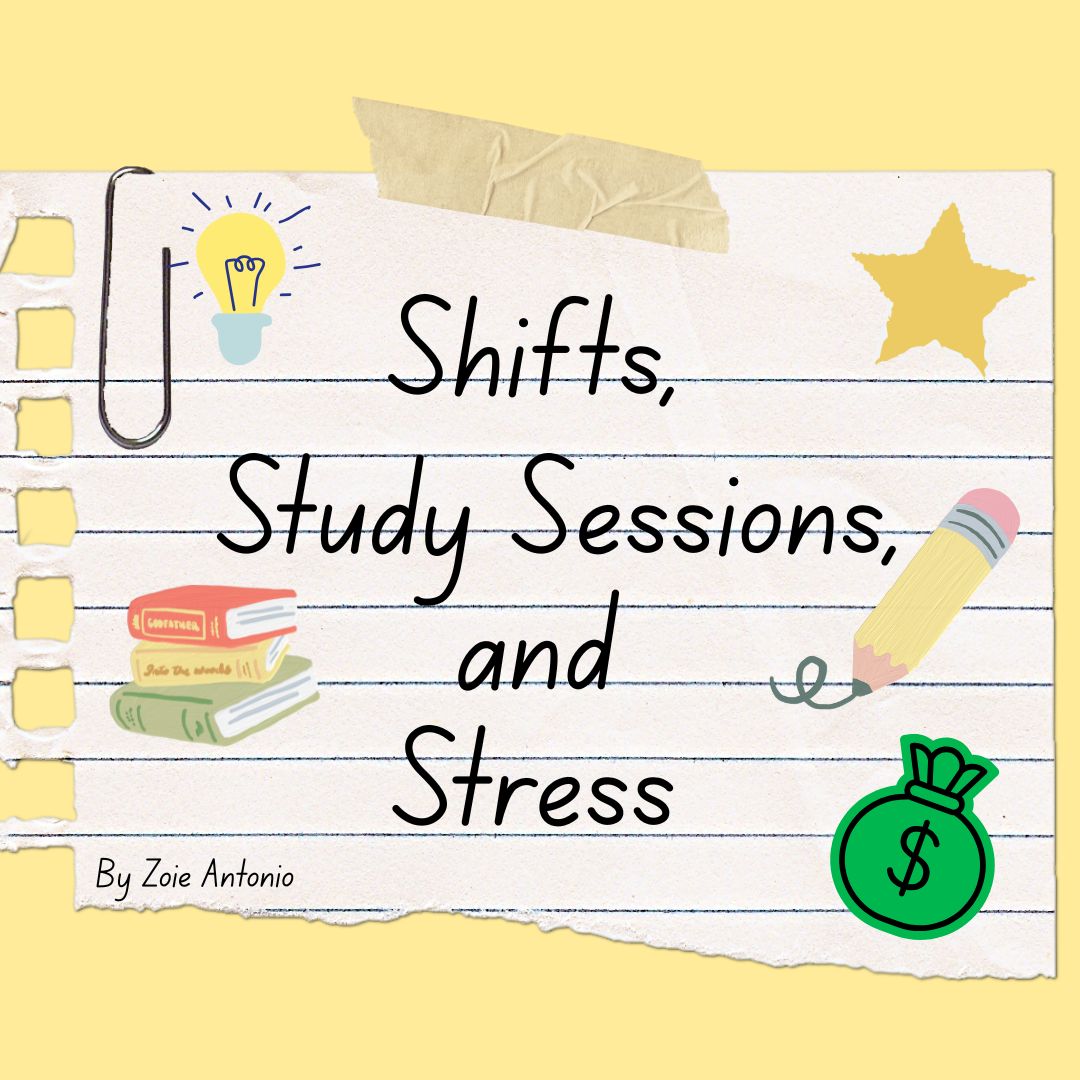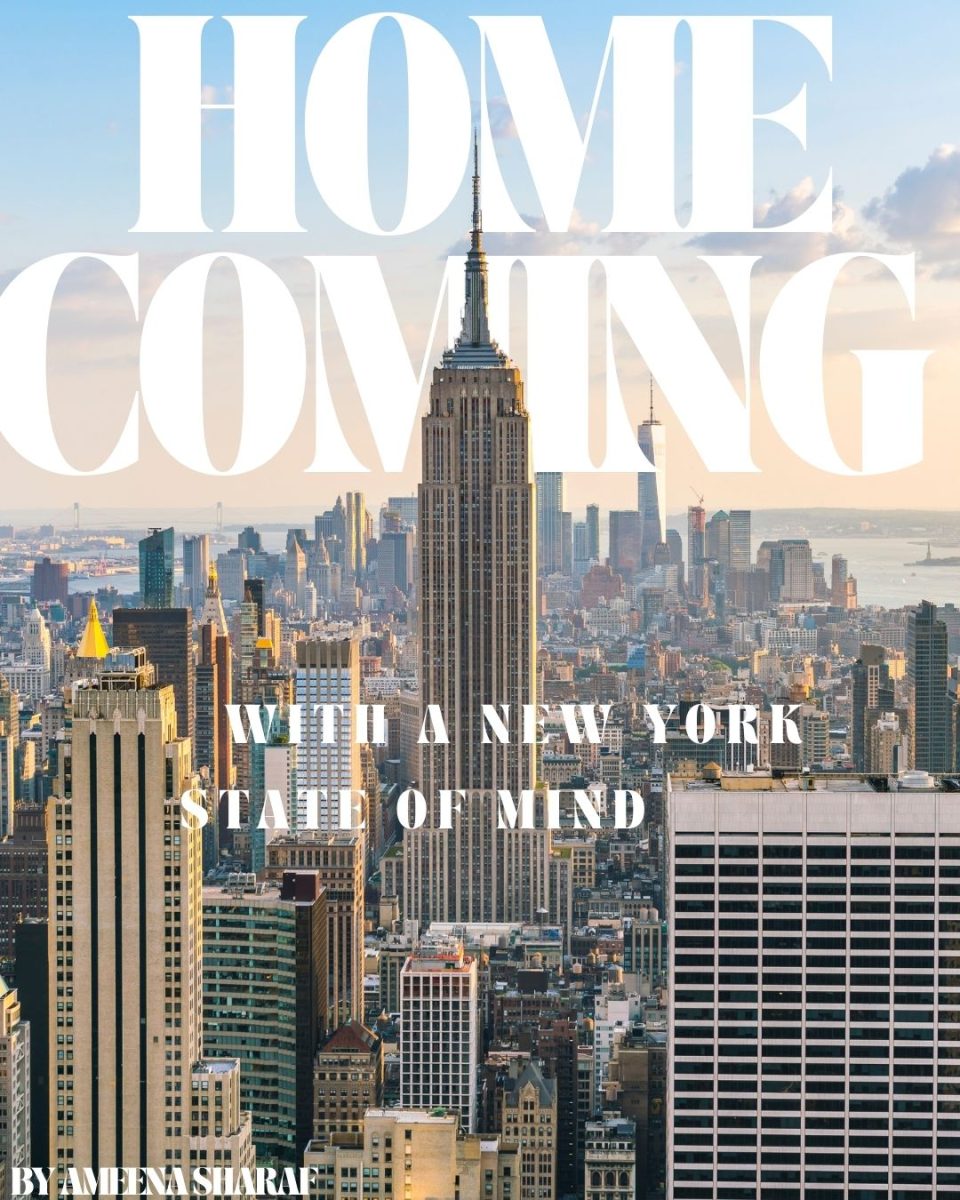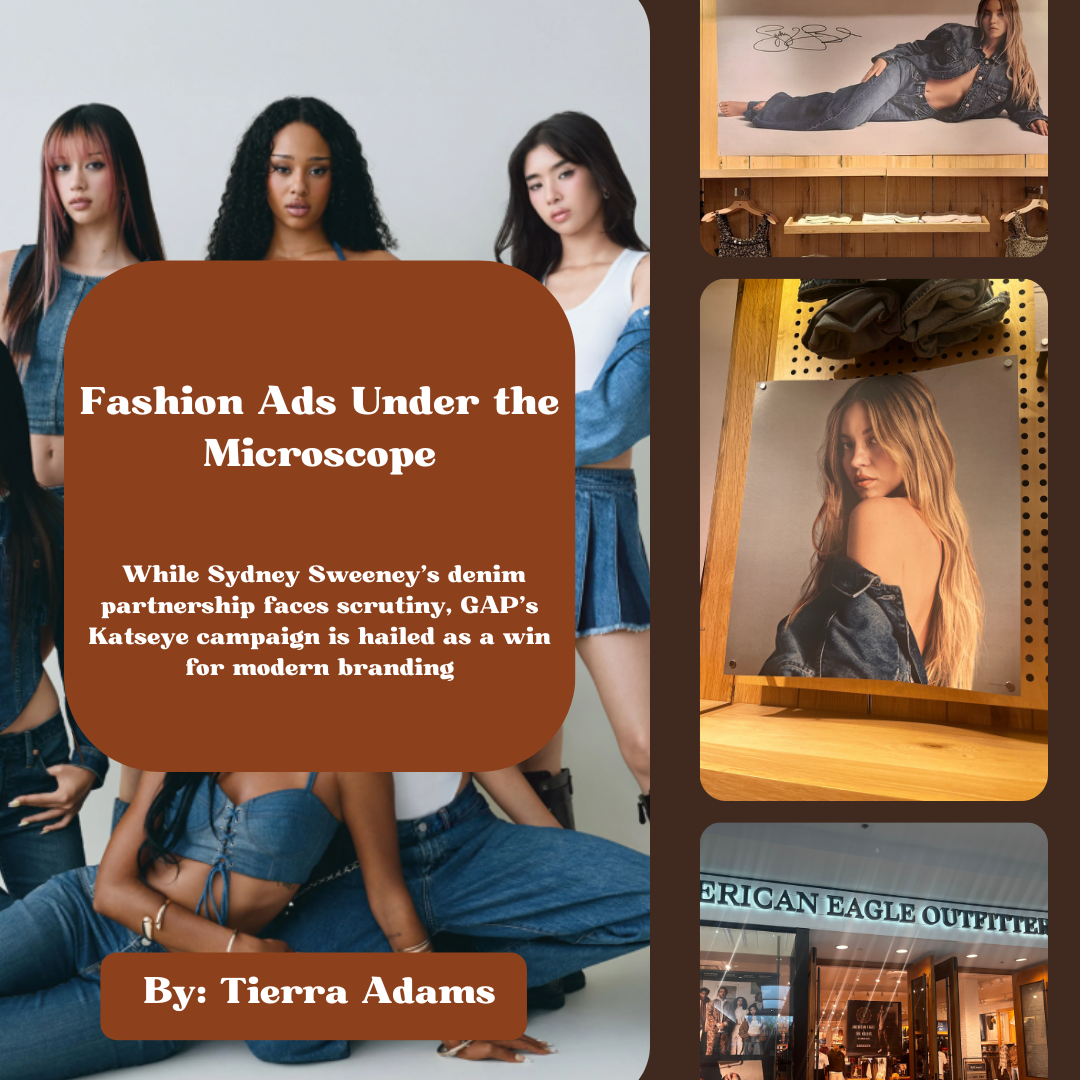Fashion has become something commonly used for self-expression (how one might be feeling, what they’re going through, their hobbies/interests), but did you know that the latest trends are also a product of the current social state of the country?
The economy and what is happening politically play major roles in the social state of the country.
To further explain this phenomenon, we should venture into the Hemline Index Theory. This theory states that hemline length is a tell-tale sign of the economy. If the economy is doing well, hemlines are higher. In contrast, if the economy is in a state of recession, hemlines will fall right back down. This is because the state of the economy affects the values of the people. When we are in a highly functioning, ever growing economy, people tend to let loose and express themselves more creatively.
The contrast between the 1920s and ‘30’s are a notable example of this.
1920’s America was a period of great progression and rebellion. U.S. citizens stood unwaveringly for what they believed in. Through controversies like Prohibition, to the emphasis on expanding businesses to foreign markets, the 20’s had a heavily progressive attitude.
Emerging from the temperance movement, prohibition in the United States constricted yet another form of physical freedom for Americans. Prohibiting all forms of alcohol distribution led many to come up with innovative ways to work their way around the nationwide law. Pharmacies and churches were often used as a cover-up for illegal alcohol distribution. Americans were so set on rejecting the ban that they established speakeasies, which were essentially any bar or restaurant that illegally sold alcohol.
Due to the First World War, the efficiency of America’s factories increased significantly, allowing for more involvement with international markets following the war. The government, at the time, prioritized business, pushing for international profit-making. With more exports came more money for the country.
According to the Economic History Association, “the decade of the 1920s often tends to get overlooked. This is unfortunate because the 1920s are a period of vigorous, vital economic growth.”
The ’20s consisted of flamboyant and feathery flapper fashion, with women and men alike dressing flashy and ostentatious. This symbolized a booming economy as America entered the roaring twenties. The “boyish” silhouette paired with shorter hemlines and the bob hairstyle were trending. Designs like the little black dress by Coco Chanel grew in international popularity among women during this period.
Then along came the ’30s and The Great Depression. America was in complete shambles following the stock market crash of 1929. From October to November of 1929, the Dow Jones Industrial Average declined by nearly half. The economy went into massive decline due to the crash. Businesses began to fail, causing unemployment rates to skyrocket, utterly destroying the former abundance of patriotic morale within the country.
Americans were stressed and struggling, with their main focus being how to provide for themselves and their families through an intense economic drought. Mental health entered a steady decline as suicide rates and malnutrition increased, along with a severe lack of emphasis in the overall healthcare of Americans.
Leaving behind the boyish look of the ‘20’s, this decade prioritized simple patterns and a more womanly figure with drastically lower hemlines. It was common for children’s clothing to be made from common household items due to the economic recession.
Fashion is ever changing and will continue to reflect the state of the United States, and other countries as well. The next time you see a new trend pop up on a social media platform, consider the state of the world during that time, the Hemline Index Theory, and the history of the article of clothing. How do you think future generations will view Gen Z fashion? Do you agree with the Hemline Index Theory? Be sure to share in the comments below.







